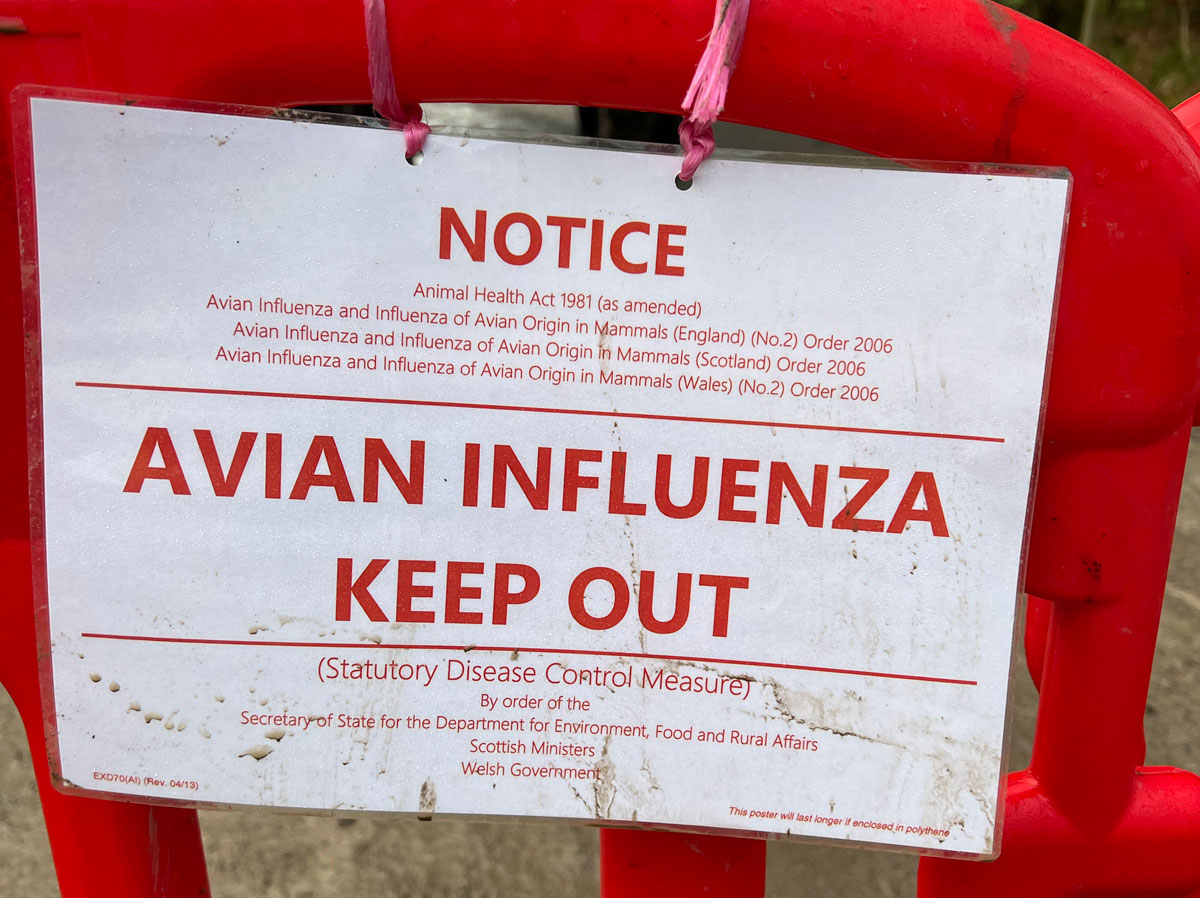
Two outbreaks of highly pathogenic avian influenza have been confirmed in Devon, with further suspected cases under investigation in Wales and Suffolk.
Defra confirmed on Friday evening (8 August) that the virus was detected on two separate commercial poultry farms: one near Seaton, East Devon and another near Lifton, West Devon.
In response, 3km Protection Zones and 10km Surveillance Zones have been declared around each affected site, with all poultry on the premises set to be humanely culled in line with disease control protocols.
Elsewhere, a suspected case of avian influenza has been identified in partridges and pheasants at a premises near Dulas, Ynys Môn, Anglesey.
Welsh government authorities declared a 1km Temporary Control Zone on 8 August as a precaution while further testing is carried out.
In Suffolk, another suspected outbreak was reported the same day in commercial poultry near Woodbridge, East Suffolk. Laboratory confirmation is pending.
There is already under an Avian Influenza Prevention Zone (AIPZ) across England, with mandatory biosecurity measures in force.
Poultry gatherings remain banned, and additional measures apply in all disease control zones surrounding confirmed sites.
Defra has urged all bird keepers — whether they own commercial flocks, smallholdings, or pet birds — to follow strict biosecurity protocols to protect against the spread of avian influenza.
The measures will remain in place until further notice and are subject to regular review, the department said.
It comes amid a notable surge in bird flu cases across the UK this summer, with several outbreaks reported in commercial and wild bird populations.
Earlier this week, the virus was confirmed in commercial poultry near Attleborough, Norfolk, following an outbreak in the county last week and another in Devon, where a total of 80,000 birds were culled.
Meanwhile, RSPCA Assured announced it is ramping up efforts to support poultry farmers with flexible assessments, biosecurity measures and welfare guidance following the uptick in cases.
The H5N1 strain of bird flu primarily affects avian species but can occasionally infect other wildlife such as foxes, seals, and otters.
Public health authorities maintain that the risk to humans remains low at this time.
